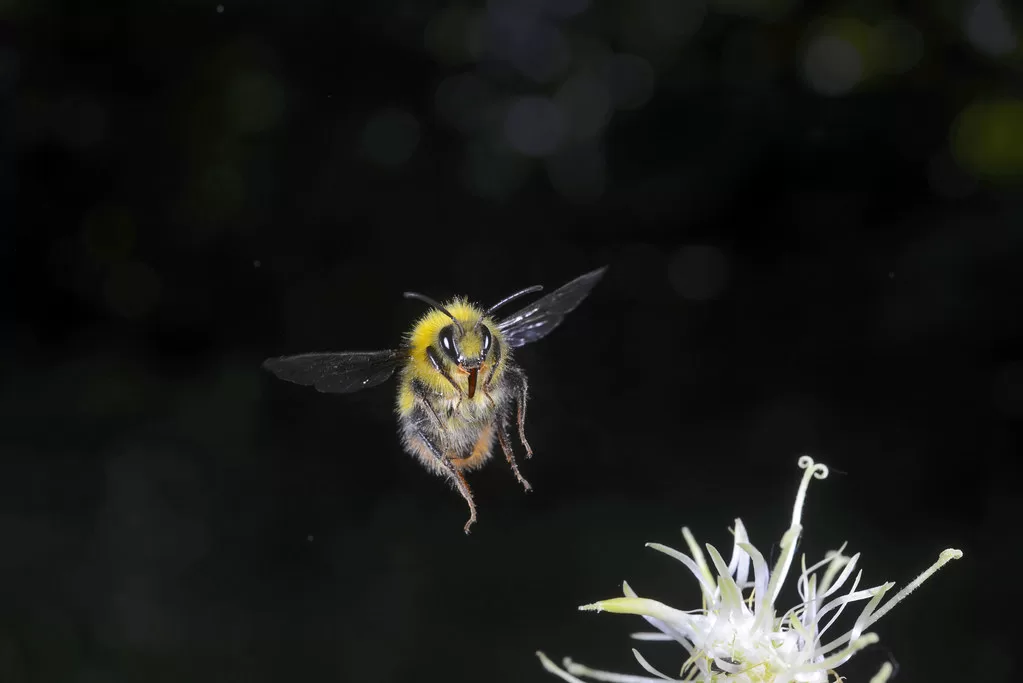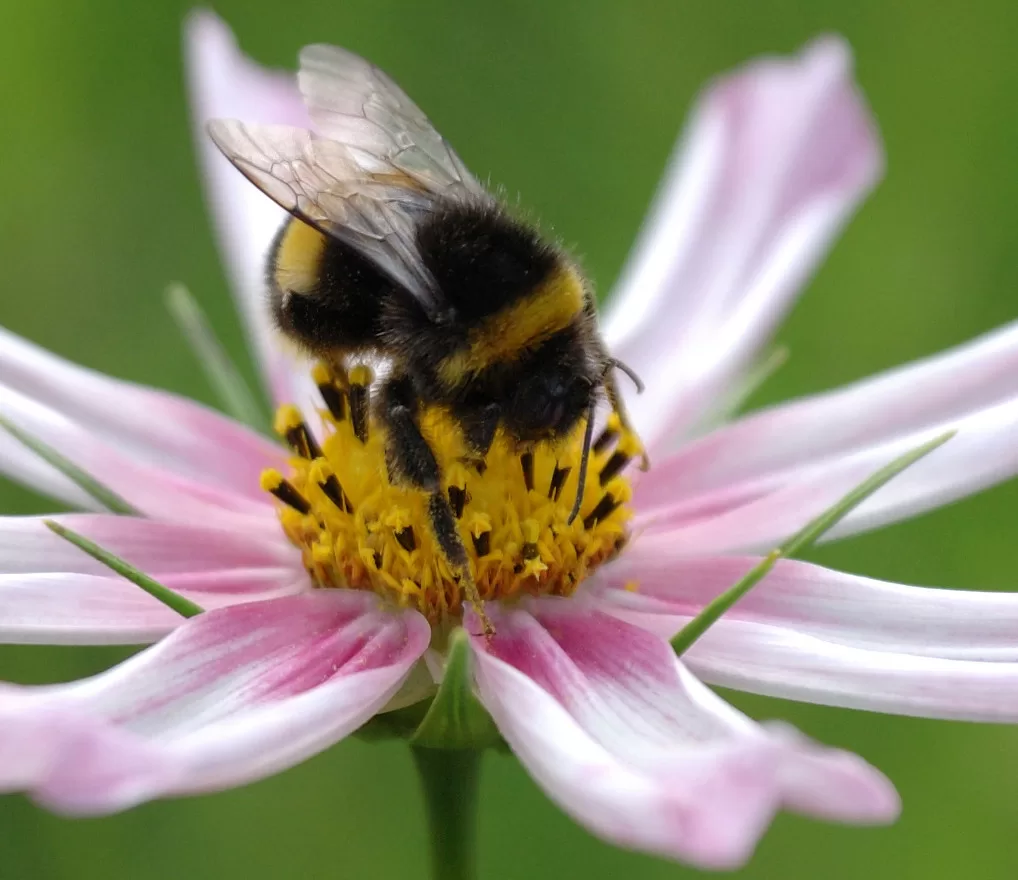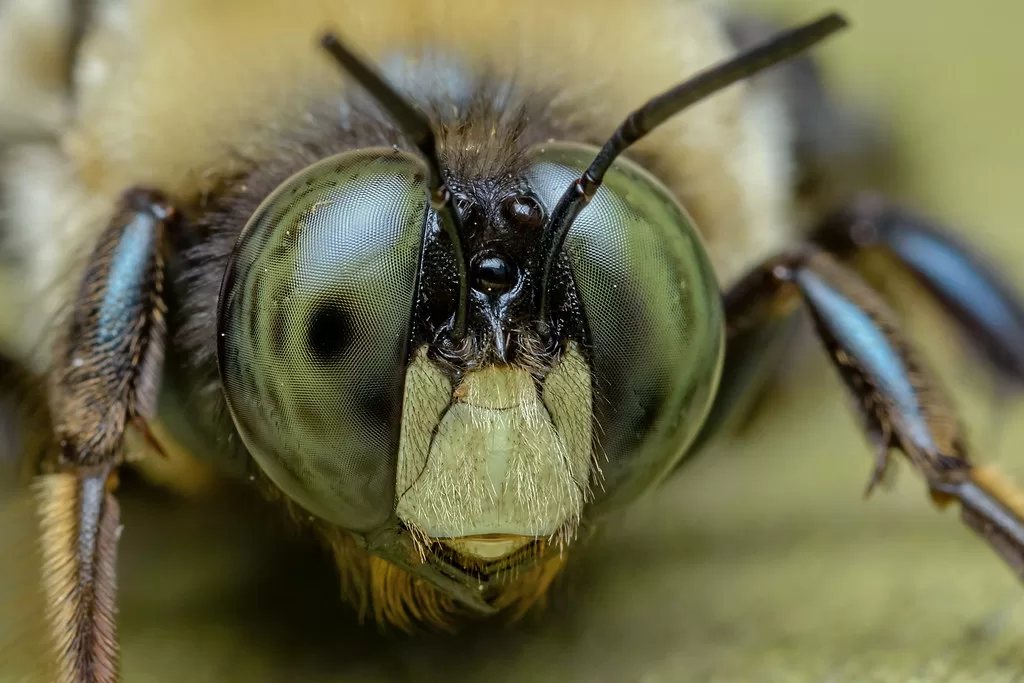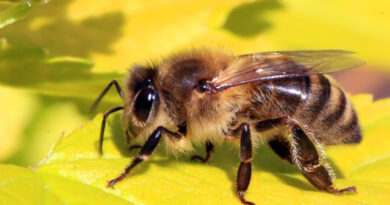10 Bumblebee Sting Remedies You Should Know
Bumblebees, with their fuzzy bodies and important role in pollination, are generally friendly insects. However, accidental encounters can sometimes lead to a painful sting. If you’ve been stung by a bumblebee, there’s no need to worry. In this article, we’ll delve into effective and natural remedies to ease the discomfort and promote healing.
Understanding Bumblebee Stings
Bumblebee stings can be painful due to the venom they inject. The sting area can quickly become red, swollen, and irritated. Although most people only experience localized reactions, some might be allergic, resulting in more severe symptoms. Remember, a bumblebee sting is different from that of a honeybee, as the latter leaves its stinger behind, while bumblebees do not.

1. Remove the Stinger
Upon being stung, the first step is to remove the stinger if it’s still present. Use a pair of tweezers or your fingernail to gently scrape it away. This helps minimize the amount of venom that enters your body.
2. Cleanse the Area
After the stinger is out, clean the affected area with mild soap and water. This prevents infection and removes any residual venom.
3. Cold Compress
Applying a cold compress to the sting area can help reduce pain and swelling. Wrap ice in a cloth and place it on the affected spot for 15-20 minutes at a time.
4. Honey’s Soothing Effect
Ironically, honey can be a great remedy for a bumblebee sting. Its natural antibacterial properties can help prevent infection, while its soothing nature provides relief.
5. Aloe Vera Gel
Aloe vera gel is well-known for its skin-soothing properties. Applying fresh aloe vera gel to the sting site can aid in reducing inflammation and promoting healing.
6. Essential Oils
Certain essential oils like lavender and tea tree oil possess anti-inflammatory and analgesic properties. Mix a few drops with carrier oil and gently massage the mixture onto the sting area.
7. Baking Soda Paste
A paste of baking soda and water can neutralize the acidic venom, providing relief from pain and itching. Apply it to the sting and let it sit for 15-20 minutes before rinsing.
8. Toothpaste Trick
Similar to baking soda, non-gel toothpaste can help alleviate discomfort. Apply a small amount to the sting and leave it on for a short while before rinsing.
9. Over-the-Counter Pain Relievers
Non-prescription pain relievers like ibuprofen can help manage pain and reduce inflammation following a bumblebee sting.
10. Preventing Stings
The best way to deal with bumblebee stings is to avoid them altogether. Wear light-colored clothing, avoid wearing strong fragrances, and move slowly around bumblebees to reduce the risk of getting stung.

See Also: Do Bumble Bees Sting? And What You Can Do About It
The Importance of Immediate Action
Reacting promptly to a bumblebee sting is essential. The quicker you take action, the more effective the remedies are likely to be. Delaying treatment can lead to increased pain and swelling, so make sure you attend to the sting as soon as possible.
When to Seek Medical Attention
While most bumblebee stings can be managed at home, it’s important to know when to seek medical help. If you experience symptoms such as difficulty breathing, extreme swelling, hives, or dizziness, it could indicate an allergic reaction. In such cases, don’t hesitate to contact a medical professional or seek emergency care.
Natural Remedies vs. Over-the-Counter Treatments
Natural remedies are a great go-to for bumblebee stings due to their availability and often minimal side effects. However, if you’re uncertain about using natural ingredients or if your symptoms are severe, over-the-counter topical creams and antihistamines can provide additional relief. These products are designed to alleviate itching, swelling, and redness.
Creating a Sting Relief Kit
Considering the potential encounters with bumblebees during outdoor activities, it might be a good idea to create a sting relief kit. Include essentials like antiseptic wipes, adhesive bandages, baking soda packets, and a small container of honey or aloe vera gel. Having this kit handy can make managing a sting easier, especially when you’re on the go.
Dispelling Common Myths
In the age of the internet, it’s easy to come across various home remedies and unconventional suggestions for treating bumblebee stings. However, it’s crucial to rely on evidence-based methods rather than unverified anecdotes. Stick to remedies with proven benefits to ensure your well-being.
Optimizing Your Outdoor Environment
If you often find yourself in areas where bumblebees are prevalent, consider making your environment less attractive to them. Trim flowering plants near gathering spots, keep food and drinks covered and seal garbage containers properly. By minimizing the factors that attract bumblebees, you can decrease the likelihood of accidental stings.
Educational Initiatives
In communities where bumblebee stings are common, it’s important to educate both children and adults about how to react when stung. Basic first-aid knowledge and awareness of effective remedies can go a long way in reducing panic and ensuring quick, appropriate action.

Final Thoughts
Bumblebee stings, although painful, can be managed effectively with readily available remedies. From natural substances like honey and aloe vera to household items like baking soda and toothpaste, these solutions offer relief from discomfort and promote healing. Remember, individual reactions may vary, so it’s advisable to experiment with different remedies to find what works best for you. By taking a proactive approach to bumblebee stings, you can minimize their impact on your outdoor activities and continue to enjoy nature without unnecessary worry.
Stay Prepared, Stay Informed
Equipping yourself with knowledge about bumblebee stings and their remedies empowers you to handle these situations confidently. By sharing this information with friends and family, you can contribute to a safer and more enjoyable outdoor experience for everyone.
Remember, while these remedies can provide relief, they are not a substitute for professional medical advice. If you have concerns about an allergic reaction or severe symptoms, don’t hesitate to consult a healthcare provider. With the right information and preparation, you can turn a potentially painful encounter into a manageable experience. the occasional sting with confidence.
Enjoyed this article? You may also like:
Do Bumble Bees Sting? And What You Can Do About It
Do bees have knees? Facts Behind Bees Knees
Does Febreze kill Ants? Things You Need to Know
Do Ants Poop? The Fascinating answer to one of nature’s most puzzling questions!




